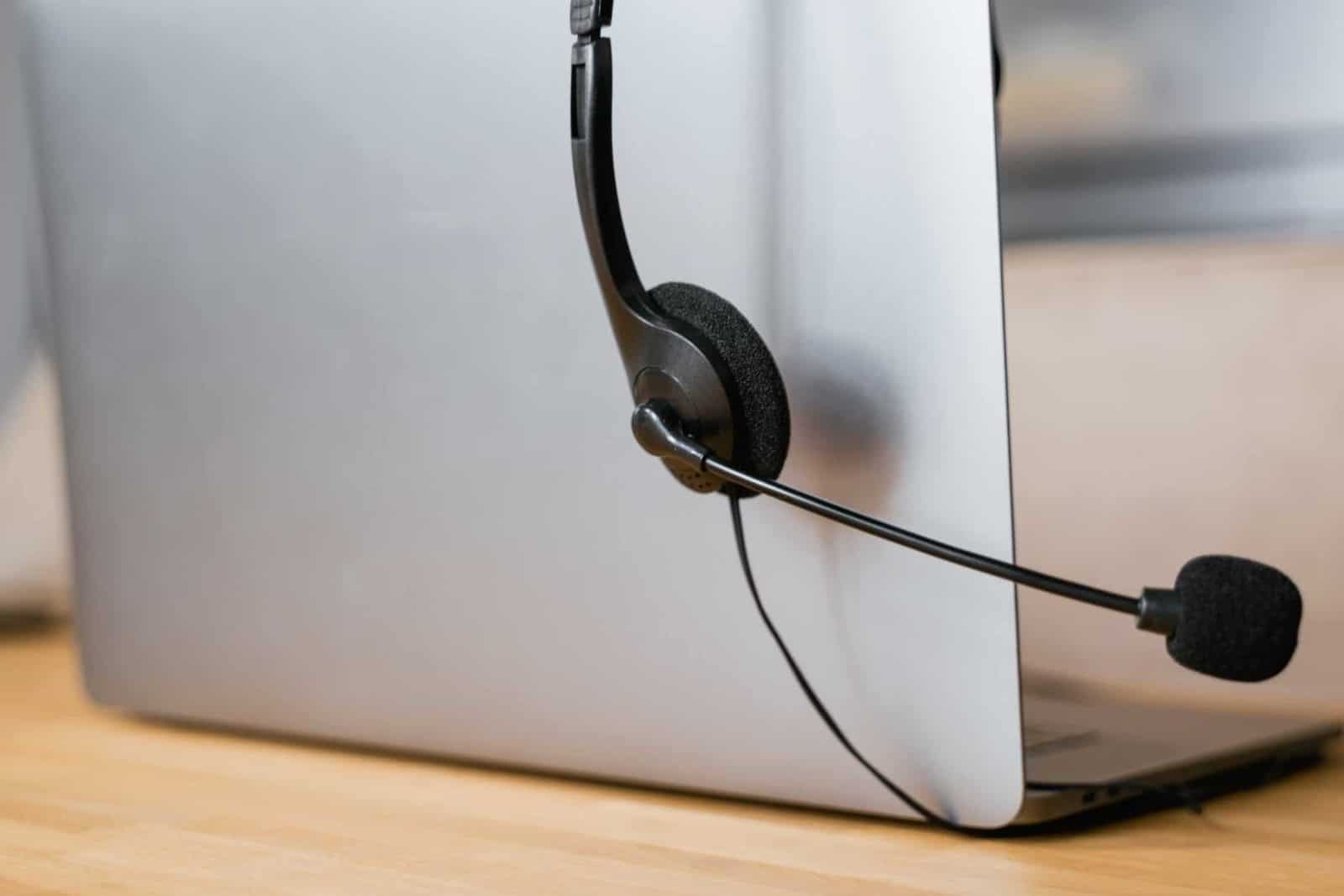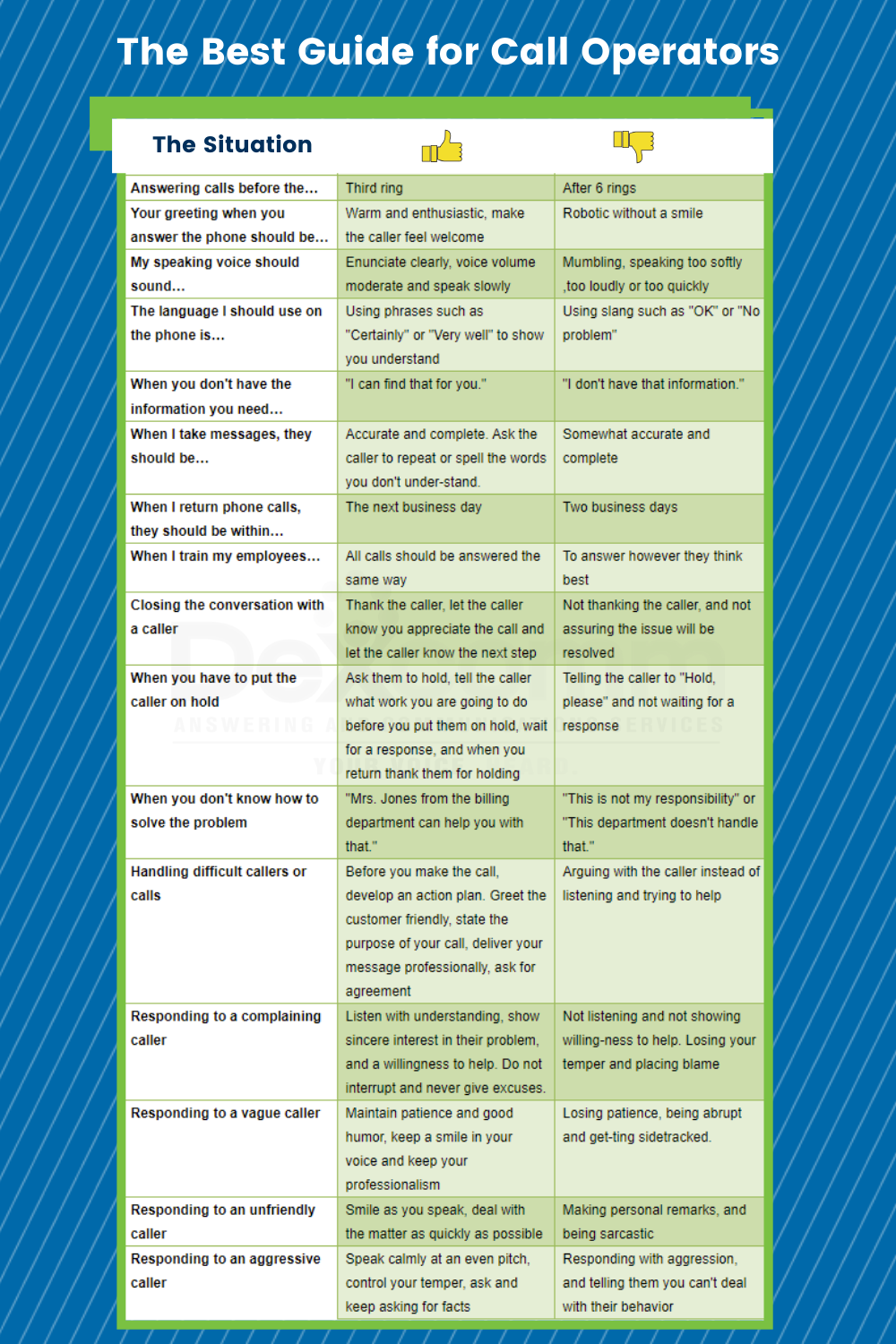All Categories
Featured
Table of Contents
- – Top Call Answering Service For Small Business I...
- – What Is The Best 12 Best Telephone Answering S...
- – Who Is The Best What Is An Answering Service?
- – What Are The Best Automated Business Phone An...
- – What Is The Best 14 Benefits Of A Telephone A...
- – Which Is Best Virtual Receptionist (Live Pho...
Top Call Answering Service For Small Business In Brisbane
This gadget and its followers were developed by Sava Jacobson, an electrical engineer with a personal consulting organization. While early answering makers utilized magnetic tape technology, many modern-day equipment utilizes strong state memory storage; some devices utilize a mix of both, with a solid-state circuit for the outgoing message and a cassette for the incoming messages.
"toll conserving" below) (reception services). This works if the owner is evaluating calls and does not wish to talk with all callers. In any case after going, the calling celebration should be notified about the call having been answered (most of the times this starts the charging), either by some remark of the operator, or by some greeting message of the TAD, or resolved to non-human callers (e.
This holds specifically for the Little bits with digitally stored greeting messages or for earlier devices (prior to the increase of microcassettes) with a special endless loop tape, separate from a 2nd cassette, dedicated to recording. There have actually been answer-only devices with no recording capabilities, where the greeting message had to notify callers of a state of present unattainability, or e (virtual call answering service).
What Is The Best 12 Best Telephone Answering Service For Businesses In ... To Buy In 2023?

about schedule hours. In tape-recording Little bits the welcoming usually contains an invite to leave a message "after the beep". A voice mail that utilizes a microcassette to record messages On a dual-cassette answerphone, there is an outbound cassette, which after the defined variety of rings plays a pre-recorded message to the caller.

Single-cassette voice mail contain the outbound message at the start of the tape and inbound messages on the staying space. They initially play the announcement, then fast-forward to the next available space for recording, then tape-record the caller's message. If there are lots of previous messages, fast-forwarding through them can trigger a considerable hold-up.
This beep is typically described in the greeting message, requesting that the caller leave a message "after the beep". TADs with digital storage for the recorded messages do disappoint this delay, of course. A little bit may provide a remote control center, where the answerphone owner can ring the home number and, by going into a code on the remote telephone's keypad, can listen to tape-recorded messages, or erase them, even when far from house.
Who Is The Best What Is An Answering Service?

Therefore the maker increases the variety of rings after which it answers the call (typically by two, leading to 4 rings), if no unread messages are presently kept, but answers after the set number of rings (normally two) if there are unread messages. This allows the owner to learn whether there are messages waiting; if there are none, the owner can hang up the phone on the, e.
Some devices likewise allow themselves to be remotely triggered, if they have actually been turned off, by calling and letting the phone ring a particular a great deal of times (normally 10-15). Some provider desert calls already after a smaller sized variety of rings, making remote activation impossible. In the early days of Little bits an unique transmitter for DTMF tones (dual-tone multi-frequency signalling) was regionally required for push-button control, because the formerly employed pulse dialling is not apt to communicate appropriate signalling along an active connection, and the dual-tone multi-frequency signalling was carried out step-by-step.
Any incoming call is not recognizable with respect to these properties in advance of going "off hook" by the terminal equipment. So after going off hook the calls should be switched to appropriate devices and only the voice-type is immediately available to a human, but possibly, nonetheless ought to be routed to a LITTLE (e.
What Are The Best Automated Business Phone Answering System
What if I informed you that you do not need to actually get your device when addressing a client call? Another person will. So practical, ideal? Answering phone calls doesn't require somebody to be on the other end of the line. Efficient automated phone systems can do the technique simply as efficiently as a live representative and sometimes even better.
An automatic answering service or interactive voice reaction system is a phone system that interacts with callers without a live individual on the line - answering service. When companies use this innovation, customers can get the answer to a concern about your business merely by using interactions set up on a pre-programmed call circulation.
Although live operators update the customer care experience, many calls do not need human interaction. A basic documented message or instructions on how a consumer can recover a piece of details normally resolves a caller's instant need - business call answering service. Automated answering services are a basic and reliable way to direct inbound calls to the ideal individual.
What Is The Best 14 Benefits Of A Telephone Answering Service In 2023 2023
Notice that when you call a company, either for support or item query, the first thing you will hear is a pre-recorded voice greeting and a series of alternatives like press 1 for customer support, press 2 for inquiries, and so on. The pre-recorded choices branch out to other choices depending upon the client's selection.
The phone tree system helps direct callers to the ideal individual or department using the keypad on a smart phone. In some circumstances, callers can utilize their voices. It's worth keeping in mind that auto-attendant options aren't limited to the ten numbers on a phone's keypad. When the caller has chosen their first option, you can create a multi-level auto-attendant that uses sub-menus to direct the caller to the best type of assistance.
The caller does not have to communicate with an individual if the auto-attendant phone system can manage their issue. The automated service can route callers to a staff member if they reach a "dead end" and need help from a live agent. It is costly to hire an operator or executive assistant.
Which Is Best Virtual Receptionist (Live Phone Answering Service) Brand
Automated answering services, on the other hand, are considerably cheaper and provide considerable cost savings at approximately $200-$420/month. Even if you don't have actually devoted staff to deal with call routing and management, an automated answering service enhances performance by allowing your team to focus on their strengths so they can more efficiently spend their time on the phone.
A sales lead routed to customer support is a lost shot. If a customer who has product questions reaches the incorrect department or receives incomplete answers from well-meaning workers who are less trained to deal with a particular kind of concern, it can be a reason for disappointment and frustration. An automated answering system can decrease the number of misrouted calls, therefore helping your employees make much better use of their phone time while maximizing time in their calendar for other jobs.
With Automated Answering Systems, you can produce a customized experience for both your personnel and your callers. Make a recording of your primary welcoming, and merely update it routinely to reflect what is going on in your organization. You can produce as numerous departments or menu options as you desire.
Table of Contents
- – Top Call Answering Service For Small Business I...
- – What Is The Best 12 Best Telephone Answering S...
- – Who Is The Best What Is An Answering Service?
- – What Are The Best Automated Business Phone An...
- – What Is The Best 14 Benefits Of A Telephone A...
- – Which Is Best Virtual Receptionist (Live Pho...
Latest Posts
Cheap Answering Service Pricing
Tailored Answering Services For Small Businesses – ACT 2609
Exceptional Answering Service Pricing Near Me
More
Latest Posts
Cheap Answering Service Pricing
Tailored Answering Services For Small Businesses – ACT 2609
Exceptional Answering Service Pricing Near Me